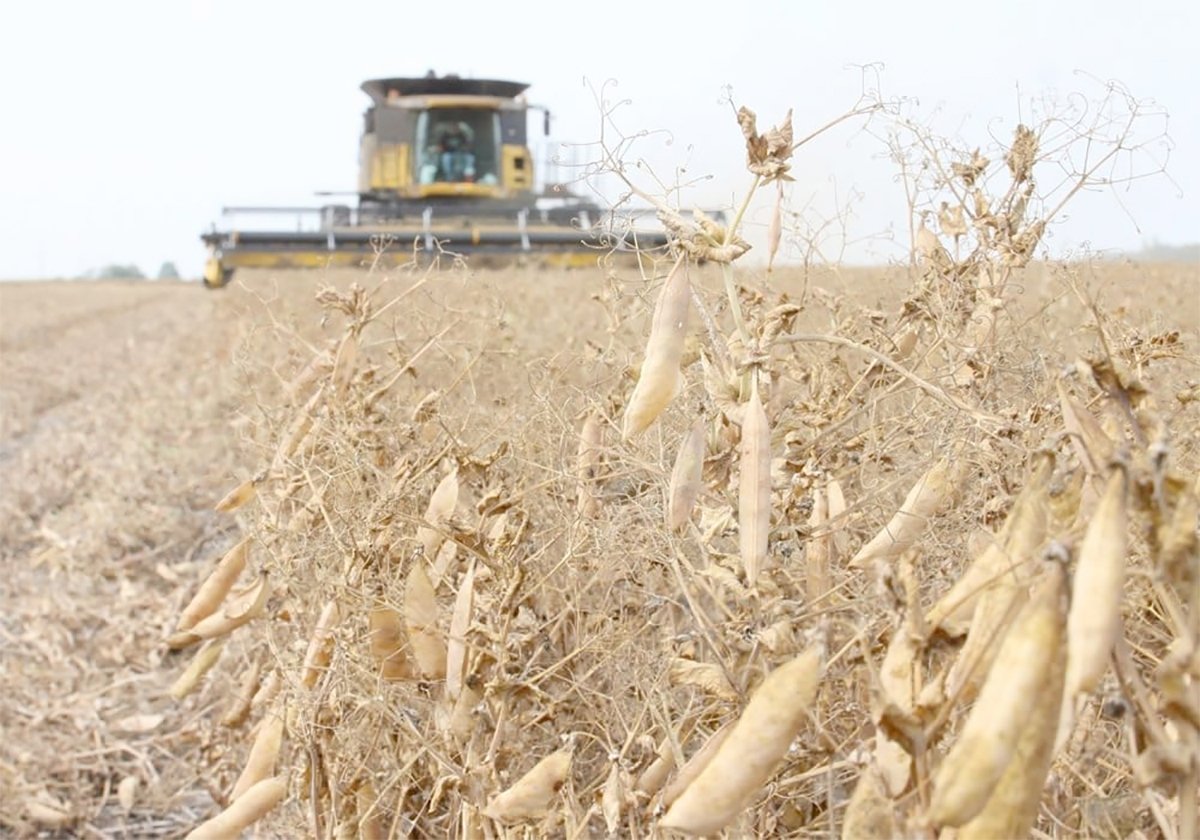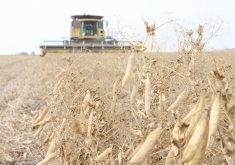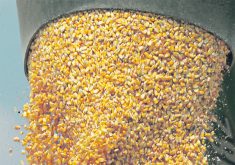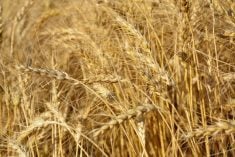The many reports about decaying crops from across the United States have not resulted in the disappointing harvest many analysts expected, according to a U.S. Department of Agriculture report released Sept. 14.
“It was a bit of a shock,” said Carol Gunvaldsen, a Manitoba Agriculture grains market analyst.
“It was a shock for a lot of people to see the yields so high.”
However, the surprisingly large crop has not pushed down prices as much as analysts would expect, Gunvaldsen said. That’s probably because of the unsettled world situation.
Read Also

Chinese, Indian tariffs take toll on pea prices
The disruption of pea exports from Canada’s largest customers will likely result in slow pea exports for the remainder of the crop year.
“There’s a huge amount of uncertainty,” she said.
The USDA found both corn and soybean production will be almost as large as it appeared to be one month before. Many analysts had expected the crop volumes to shrink, due to heat and dryness in July and August.
Corn production is expected to be only one percent less than forecast one month before, which is a seven percent drop from 2000.
Soybean production will create a record harvest, at 2.83 billion bushels, which is two percent above 2000. It is also only a one percent decline from a month before.
Wheat production is forecast to be slightly up, while durum is well down, with a six percent drop from last month and a 21 percent drop from a year ago.
Analysts saw the report as generally bearish. On Sept. 14 and 17, many commodity prices moved lower.
However, prices for most grains are still substantially higher than last year, and that shouldn’t change, Gunvaldsen said. This is more an alteration of expectations than a fundamental change in world supplies.
Alberta Agriculture grains market analyst Charlie Pearson said there has been comparatively little market reaction to this report.
“It’s one of those weird things,” he said. “It’s being overshadowed by other events.”
The terrorist attack on New York and Washington has shaken many, and its impact on the world is still unknown.
Tremors on world stock markets, and fears about food security and transportation systems have made people think twice about food supplies.
Gunvaldsen said the terrorist strike and the fear of war could reverse the long-standing trend of grain importers reducing stocks at home and relying on just-in-time imports.
If buyers begin stockpiling grain, they might not be so relaxed about the relatively small world stocks. That would be positive for grain prices as buyers increased purchases to rebuild stockpiles.















